6 All-Natural Cleaning Products for Every Room in Your Home
New to making your own cleaning solutions? Here are a few simple ways to get started, from minimalist blogger Erin Boyle's new book Simple Matters.
By Erin Boyle
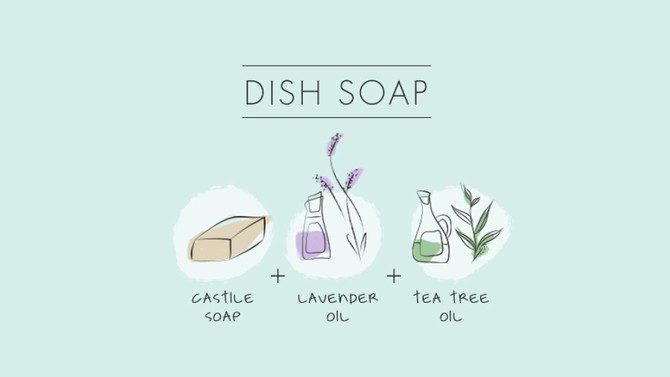
Illustration: Florie Duhau
Dish Soap: Adding essential oil to unscented castile soap can help take the drudgery out the ordeal. I like to add 10 drops of lavender oil and 10 drops of tea tree oil to 20 ounces (600 ml) of castile soap and then decant into a simple glass bottle with a pour spout for keeping on my countertop.
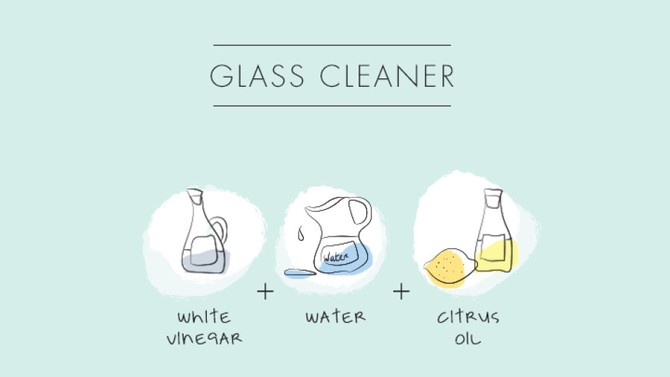
Illustration: Florie Duhau
Glass Cleaner: Equal parts white vinegar and water combined with a few drops of citrus essential oil—I prefer orange or grapefruit—makes for a very easy glass cleaner. I use crumpled newspaper to wipe down the windows and keep them lint-free.
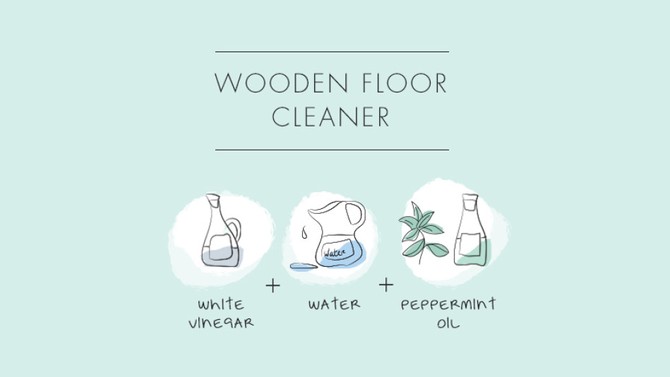
Illustration: Florie Duhau
Wooden Floor Cleaner: Combine equal parts white vinegar and water with a hearty portion of peppermint oil—I use around 20 drops. Add the mixture to a spray bottle and spray as you mop. For a heavy-duty mopping job, add a small amount of castile soap to a bucket of warm water and add peppermint essential oil. Added bonus? Mice hate the smell, so you'll keep unwanted critters away if you live in a mouse-abundant city like New York. You may want to swap out peppermint for lavender if you've got pets or babies who could be sensitive to peppermint.
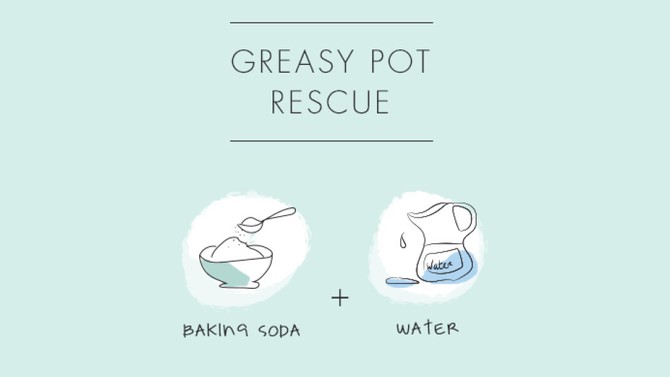
Illustration: Florie Duhau
Greasy Pot Rescue: Caked-on dinner mess? Add a hearty dash of baking soda to a still-warm pot and add water. Let it sit while you eat and return to a much easier scrub job. If you forget to take the proactive approach, add the baking soda and a few cups of boiling water to a cooled pan. Allow it to sit while you tackle the other dishes and then wash as usual. (Also good for shining up nasty burner pans.)
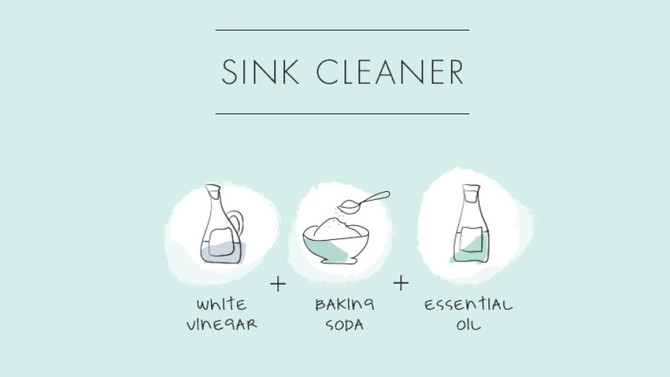
Illustration: Florie Duhau
Sink Cleaner: Pour ¼ cup (30 g) baking soda and ½ cup (120 ml) vinegar into your sink (I usually approximate both measurements), and add a few drops of your favorite fresh-scented essential oil. The mixture will create a satisfying sudsy foam like from elementary school science experiments. Wipe down with a sponge or brush and rinse with warm water. If there's residue left from the baking soda, rinse again with a bit of vinegar.
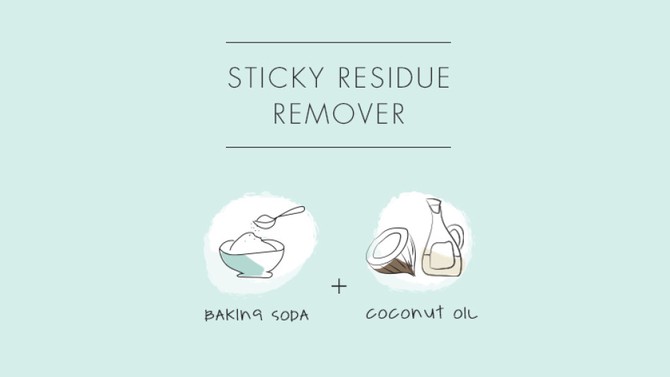
Illustration: Florie Duhau
Sticky Residue Remover: As a habitual label-remover, I use this mixture constantly. Combine equal parts baking soda and coconut oil to make a thick paste. Apply mixture directly to the sticky residue you’re hoping to remove and work at it with a warm cloth rag. The residue should come right off with a little elbow grease.
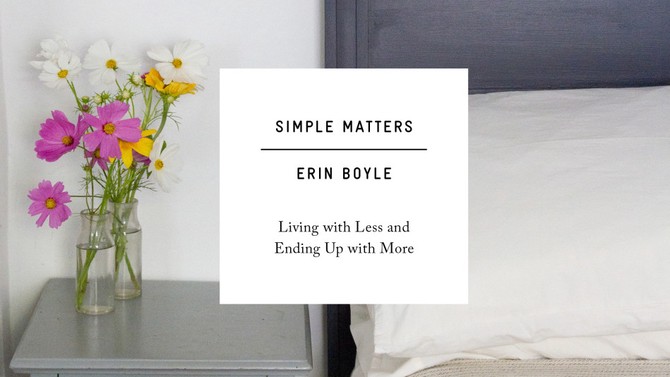
A Note About Safety
These natural cleaning solutions are free from unregulated neurotoxins and other things we don’t like to talk about, but that doesn't mean that there wouldn’t be consequences if they were digested. Anything you use to clean your home should be used with care and common sense. Remember: Essential oils contain VOCs, too. That’s why you can smell them! They're not synthetic, they don't build up in our bodies, and they're not known carcinogens, but they are highly concentrated and should be used sparingly and in small doses. I use rubber gloves when I'm cleaning, even if I'm only using baking soda and vinegar. All of these products should be kept away from children.
Text excerpted from Simple Matters: Living with Less and Ending Up with More. Copyright © 2016 by Erin Boyle. Reproduced by permission of Abrams.
Pin It!
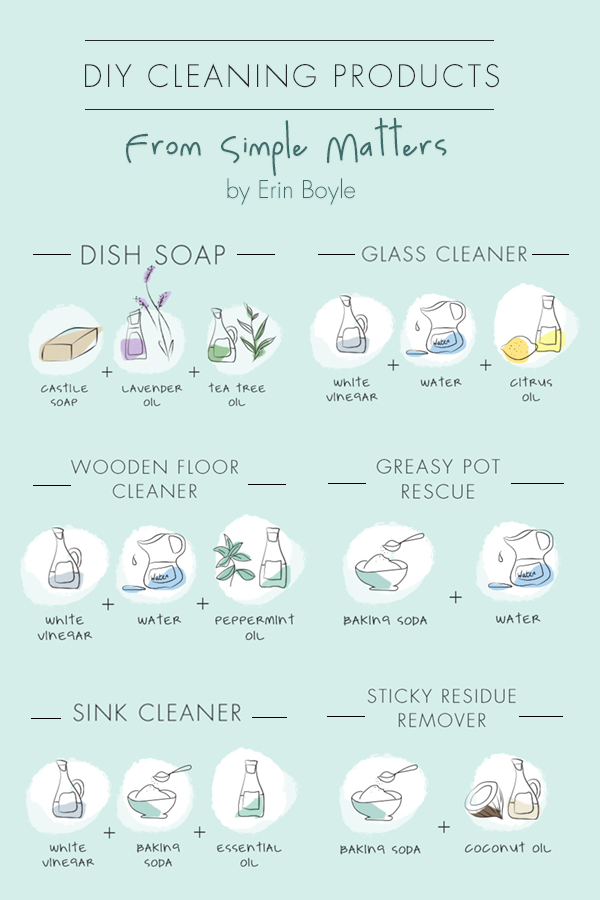
These natural cleaning solutions are free from unregulated neurotoxins and other things we don’t like to talk about, but that doesn't mean that there wouldn’t be consequences if they were digested. Anything you use to clean your home should be used with care and common sense. Remember: Essential oils contain VOCs, too. That’s why you can smell them! They're not synthetic, they don't build up in our bodies, and they're not known carcinogens, but they are highly concentrated and should be used sparingly and in small doses. I use rubber gloves when I'm cleaning, even if I'm only using baking soda and vinegar. All of these products should be kept away from children.
Text excerpted from Simple Matters: Living with Less and Ending Up with More. Copyright © 2016 by Erin Boyle. Reproduced by permission of Abrams.
Pin It!

Published 05/23/2016

